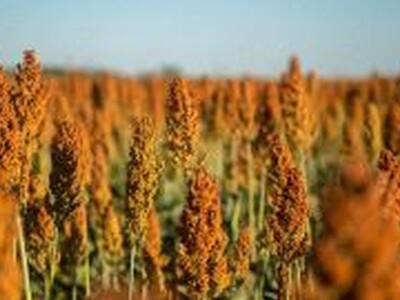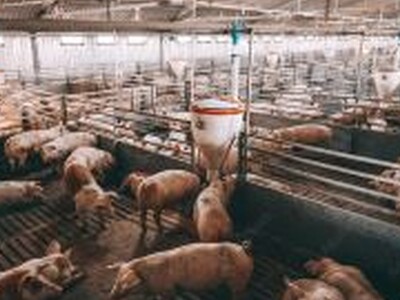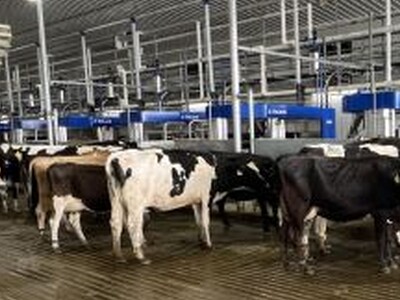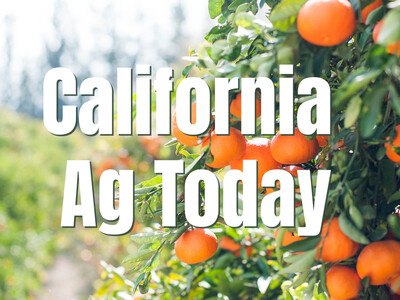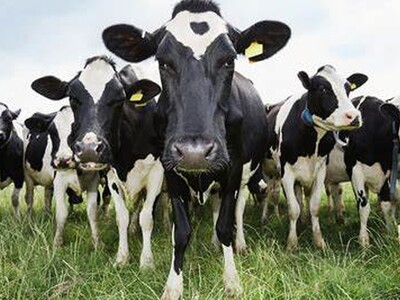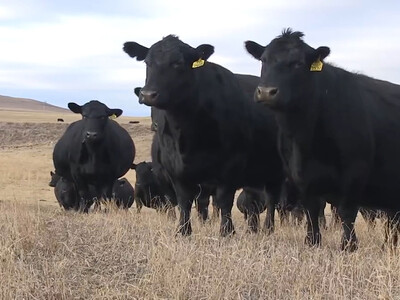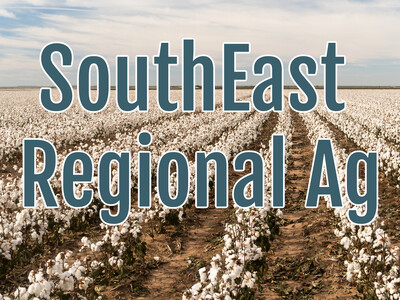DTN MarketVision,
Have you ever held out from making a grain sale, thinking the market might give you another nickel, only to watch the market head the other direction instead?DTN MarketVision, powered by FarmLink, is designed to help farmers resist that temptation. Just recently launched, the online tool combines local price information with individual field-by-field yield potential to provide selling opportunity indicators and production-related decision measures.
Matt Bradford, general manager and vice president of DTN “We take comprehensive weather and market data and combine it with our yield data for a very accurate control set. This tool offers farmers a science-based, fundamental approach to make a clear, concise marketing and production decision. We’ve helped remove emotion and gut feel from the decision process.”
In fact, the product has shown a proven accuracy over a five-year period using millions of acres of yield data. When comparing actual yields from individual farmers around the country, DTN MarketVision was able to project yield within two bushels of the actual individual yields, providing a reliable base for marketing decisions. The program has back tested to project USDA’s production estimates, and come very close to their results as well. They can forecast for every field, every year, all over the country.
Ease of Use. Gilman, Ill., farmer Ron Haase has a lot of confidence in those capabilities. He traditionally has set up his own spreadsheets to analyze production and marketing options. DTN MarketVision saves him time because it requires little upfront input from him. “The goal is to have to enter as little data as possible,” says McClure. Farmers go to one place, enter their fields and yield averages, and DTN MarketVision does the rest. DTN MarketVision forecasts yield potential field by field based on in-season weather impacts and metrics, such as precipitation, planting and pollination dates and growing degree days.
“This is easier for farmers because it does all the calculations for them,” confirms Mary Tangen, DTN senior project manager. “We were hearing this need from farmers, since historically they focus more on production than marketing. Margins are more important than ever with lower prices, and now farmers can evaluate which fields are making money and which are not.”
More Confident Marketing. With yield potential established, DTN MarketVision’s recommendations on when to sell or hold grain become clearer. The tool calculates a local fair value as a guide, which is a snapshot of forecasted futures prices for corn and soybeans adjusted for the local area, to gauge sales.
“I’m a young farmer with debt and don’t have a lot of on-farm storage. I like to market most of my crops prior to harvest,” says Haase, who sells half by the end
of July then some additional crops following pollination and finally the remainder after harvest. “I am able to get the best price possible for my crops with DTN MarketVision. With my limited storage, I try to market and receive payment for most of my grain prior to harvest, because it helps me pay down my operating loan and keep interest costs down.”
Farmers can enter and monitor as many local elevator prices as desired in the product. DTN MarketVision provides the list of bids at each location for comparison. That, together with the local fair value compiled in a chart, shows farmers with both primary and secondary indicators when to sell, when to hold and even when the opportunity window is closing.
“Farmers can see the per-bushel breakeven for their farms and the opportunity costs,” points out McClure. DTN MarketVision shows farmers their projected farm revenue and costs, so they better understand why it’s a good time to market when their price targets or breakeven prices are reached.
“I am able to get a bigger picture of where I stand financially,” adds Haase. “DTN MarketVision identifies those windows of opportunity for me to market my crop.”
Tangen encourages farmers to use all the resources available to them to make the most informed grain marketing decision. “This is a data science approach,” she says. “Farmers may still get information from advisers, and some of it may conflict with DTN MarketVision, but multiple points of view, including an objective, unbiased view, are always good to have.”
Manage Production Decisions. When it comes to production decisions, Haase appreciates the field-by-field analysis. “I get a real-time snapshot of my operation, yield and profitability,” he says.
DTN MarketVision helps Haase with his marketing decisions. In his first year, MarketVision revealed he could expect higher than average corn and soybean yields, he locked in his price early because he knew how much he could guarantee for delivery to his local elevator.
“DTN MarketVision will take the average anticipated yield, and calculate a yield forecast range,” explains McClure. “Farmers will know how much yield they need to cover their costs and their crop insurance guarantees, which just adds to the higher confidence level of decision making,” he says.




